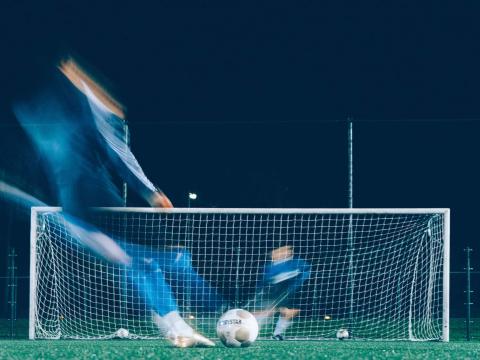Written by Michael Robson

Strikers are arguably the most important players in a football team – their goals regularly decide matches – it’s why you often hear good strikers referred to as match winners. A great goalkeeper and robust defense can certainly chip in with a point or two, but for that moment of magic to change a game, it’s the attack-minded players that a coach will look to for inspiration and a result.
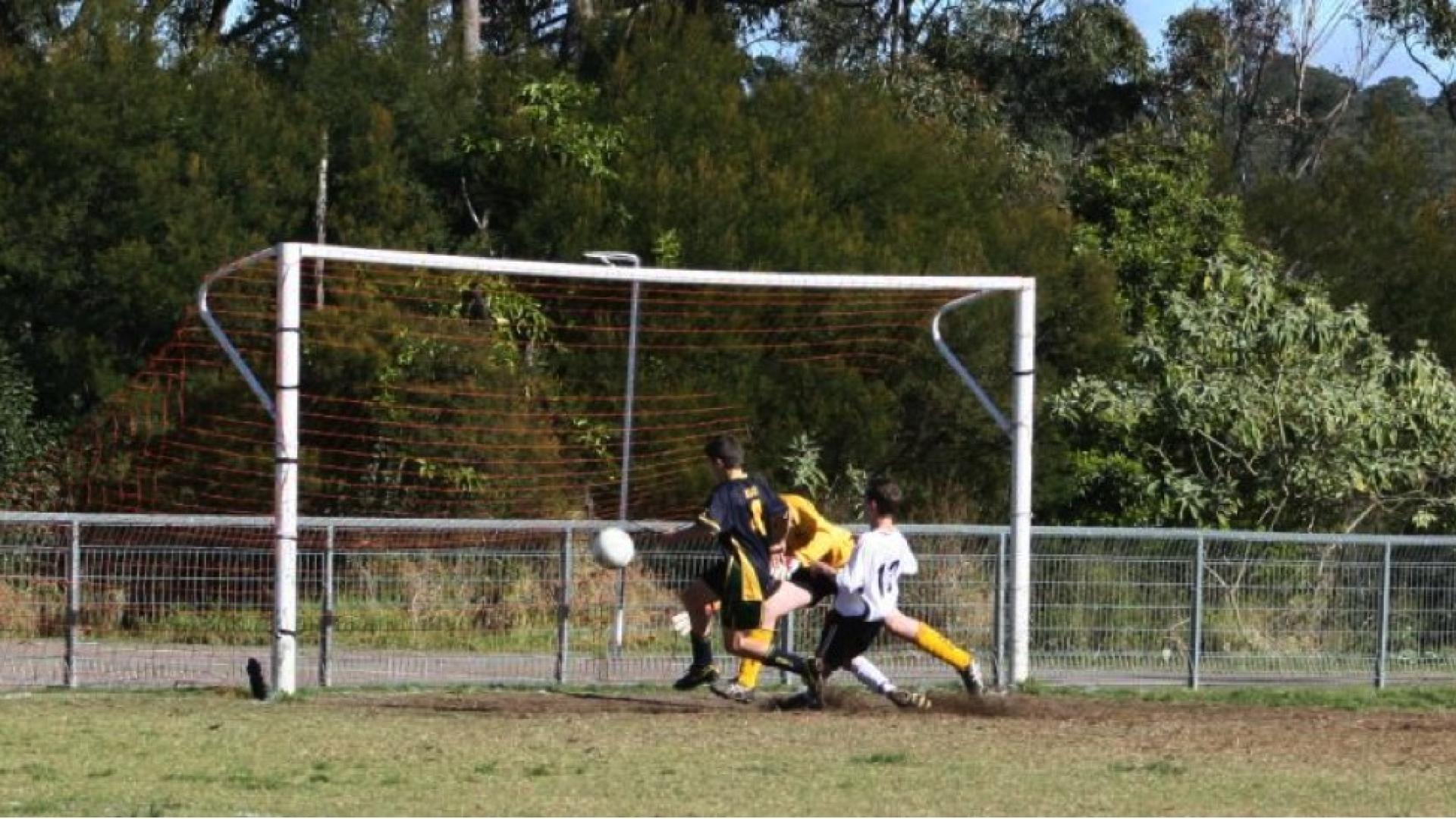
These moments of inspiration are difficult to come by, which makes it amazing that so many soccer coaches will allow a keeper to attend keeper specific training, but are very reluctant to allow attackers to do the same.
If winning matches is the goal of the season and scoring goals win you matches, then this mindset has to change. The six essential elements required for successfully training a striker are:
1 – Training that is built around the attacking skill set:
Football’s attackers – your centre-forwards, strikers, wingers and attacking midfielders (for this exercise, let’s call them all strikers) – require particular soccer skill sets that can be unique to each position. They need to be able to beat both a defender and a keeper, one-on-one, using relevant techniques for each. Some of these football skills include movement, positioning, and timing – for example, they need to be adept at playing with their back to a defender and employing clever movements to run the channels and receive a well-timed through ball.
It’s often said of good strikers that they score goals out of nothing – but in reality, it’s a combination of a very specialised set of skills and moves that we regularly take for granted.
These skills are of the upmost importance and therefore a striker must put more practice into these specialist striker training drills, for example, chipping, scooping, heading, crossing and mobility runs with an enormous emphasis on developing “touch” to control the ball in tight situations.
Once strikers have used these skills to create opportunities they must excel at shooting accurately and decisively. Shooting is a technical skill, which requires decisive action on the type of shot to execute; a power shot, outside of the boot, inside of the boot, curved shot as well as free kicks.
It is impossible for a soccer coach to set aside enough time in a normal training session to coach these skills to the few players that require it, especially when you have a squad of 16 players who are all demanding some form of coaching, relevant to them, as well as trying to rectify identified problems from the previous week’s game via game training sessions.
Training that is built around practicing striker specific drills or attacking skill moves is the best way to develop your attacking players.
2 – Scoring goals:
As we touched on earlier, scoring the most goals wins you games, and winning the most games wins you the competition. The table below is a subset of data from representative junior football, both boys, and girls, it details the age group (Age), the position the team finished on the table (POS), the team and their respective results. It shows of the 11 competitions listed seven competitions were won by the team scoring the most goals, with the four remaining winners scoring the second highest goal tally.
| Age | POS | TEAM | P | W | D | L | F | A | GD | PTS |
|---|---|---|---|---|---|---|---|---|---|---|
| PlayStation 4 NPL NSW Youth | ||||||||||
| U16 Boys | 1 | Marconi Stallions FC | 30 | 25 | 5 | 0 | 112 | 15 | 97 | 80 |
| U15 Boys | 1 | Western Sydney Wanderers FC | 30 | 25 | 0 | 5 | 105 | 28 | 77 | 75 |
| U14 Boys | 1 | St George FC | 30 | 22 | 4 | 4 | 91 | 28 | 63 | 70 |
| 3 | Mt Druitt Town Rangers | 30 | 21 | 5 | 4 | 94 | 35 | 59 | 68 | |
| U13 Boys | 1 | Manly United FC | 30 | 22 | 4 | 4 | 82 | 27 | 55 | 70 |
| 10 | Western Sydney Wanderers FC | 30 | 14 | 8 | 8 | 99 | 40 | 59 | 50 | |
| PlayStation 4 NPL 2 NSW Youth | ||||||||||
| U16 Boys | 1 | Hawkesbury City SC | 30 | 23 | 4 | 1 | 74 | 16 | 58 | 73 |
| U15 Boys | 1 | Bankstown United FC | 30 | 23 | 3 | 4 | 76 | 22 | 54 | 72 |
| U14 Boys | 1 | Stanmore Hawks FC | 30 | 25 | 4 | 1 | 86 | 21 | 65 | 79 |
| 3 | Rydalmere Lions SC | 30 | 21 | 3 | 6 | 92 | 36 | 56 | 66 | |
| U13 Boys | 1 | Nepean FC | 30 | 26 | 2 | 2 | 100 | 11 | 89 | 80 |
| PlayStation 4 NPL NSW Women's | ||||||||||
| U17 Girls | 1 | Sydney University SFC | 18 | 13 | 2 | 3 | 44 | 16 | 28 | 41 |
| U15 Girls | 1 | Blacktown Spartans FC | 18 | 15 | 2 | 1 | 57 | 21 | 36 | 47 |
| 2 | FNSW Institute | 18 | 14 | 1 | 3 | 62 | 16 | 46 | 43 | |
| U 13 Girls | 1 | Blacktown Spartans FC | 18 | 15 | 3 | 0 | 58 | 8 | 50 | 48 |
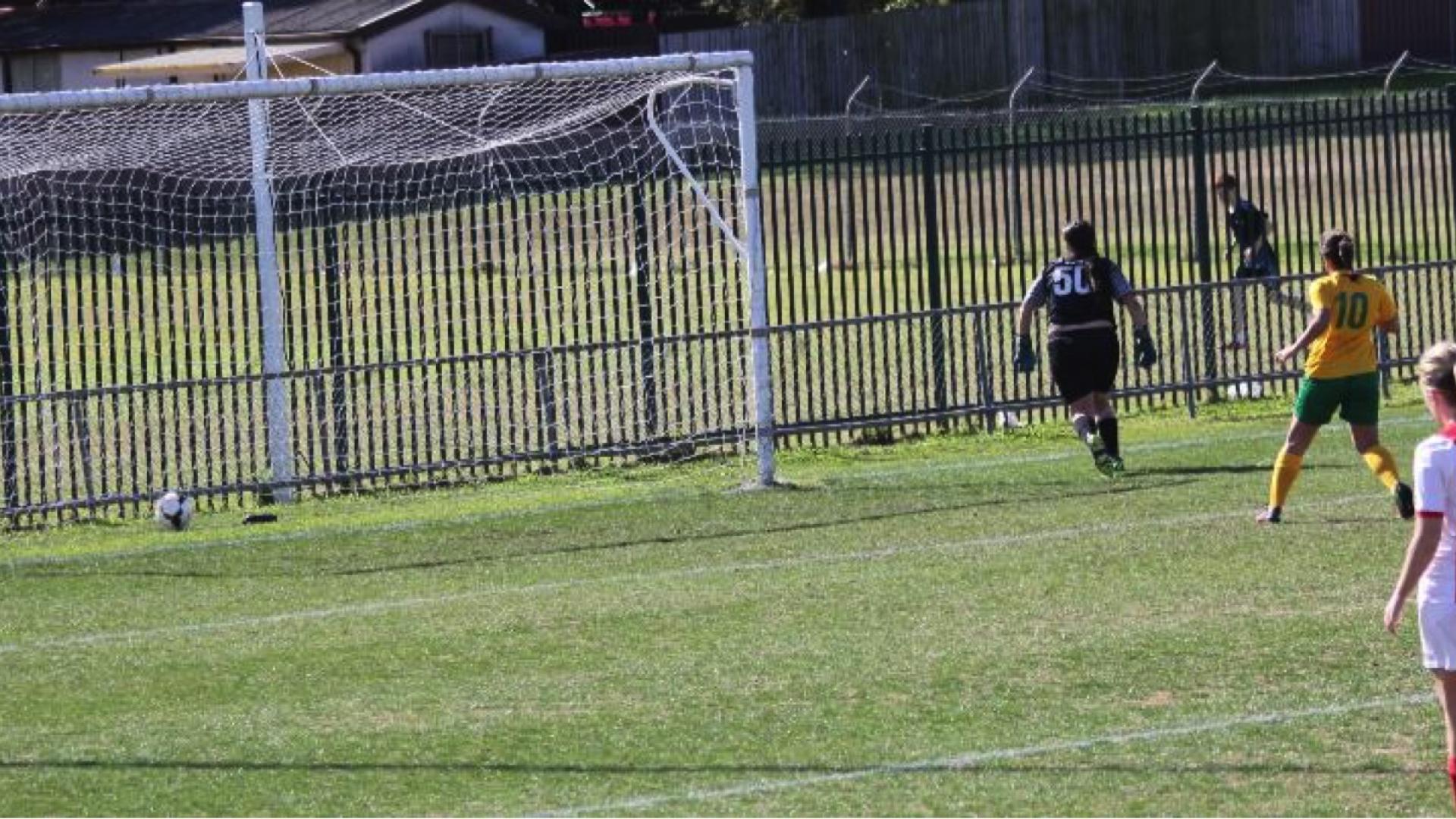
The same type of result can be seen in local grassroots competitions. In the 2016 Nepean District, the Division 1 leagues had a total of 12 competitions comprising both boys and girls ranging from Under 12 age group through to the Under 21 age group. 10 out of the 12 teams scored the most goals in their respective competition. The other two teams achieved the second highest tally of goals. All 12 teams had the best or equal to the best defensive record, which aligns with the old adage that attack is the best form of defense.
Nepean Football Association
Division 1
2016 Champion Teams
| Grade | Team | GF | GA | GD |
|---|---|---|---|---|
| U12 Girls | Springwood United FC | 84 | 5 | 79 |
| U12 Mixed | Glenmore Park FC | 41 | 9 | 32 |
| U13 Boys | Colo Soccer FC | 46 | 7 | 39 |
| U14 Girls | Colo Soccer FC | 34 | 8 | 26 |
| U14 Boys | Blue Mountains FC (1st) | 58 | 7 | 51 |
| Glenmore Park FC (2nd) | 59 | 7 | 52 | |
| U15 Boys | Springwood United FC | 106 | 9 | 97 |
| U16 Girls | Colo Soccer FC (1st) | 70 | 7 | 63 |
| Glenmore Park FC (2nd) | 76 | 10 | 66 | |
| U16 Boys | Penrith FC | 56 | 8 | 48 |
| U17 Girls | Colo Soccer FC | 78 | 7 | 71 |
| U17 Boys | St Clair United SC | 46 | 10 | 36 |
| U18 Boys | Glenmore Park FC | 130 | 5 | 125 |
Clearly, having reliable goal scorers helps win titles – in Barcelona’s victorious La Liga season last year, Luis Suarez scored 36% of their goals, Messi scored 39% in their title charge the year before, while Diego Costa helped Atletico Madrid to the title 2013-14 scoring 35% of the goals that broke the Barcelona Real Madrid duopoly.
Getting your strikers scoring, wins titles.
3 –Beating a player one on one:
The ability to consistently beat another player, one on one, is not an easy skill to learn. Further, having your one favourite go-to move is not enough, as defenders begin to anticipate what you’re going to do. One move won’t be enough – multiple moves will be required during a match and different moves are better suited for different scenarios.
Developing a repertoire of soccer skills and moves that can be implemented at different times throughout the game is crucial. A striker will need a different move against a central defender when compared to a fullback, and a different move again when against a keeper. Practice drills and repetition becomes key to perfect the likes of:
| Step-overs | Scissors |
| Cruyff turns | nutmeg |
| Maradona spinners | the circle |
| the turn-pirouette | sliders |
| cutting | outside cutback |
| inside cutback | cut and go |
...and multiple combinations of these moves.
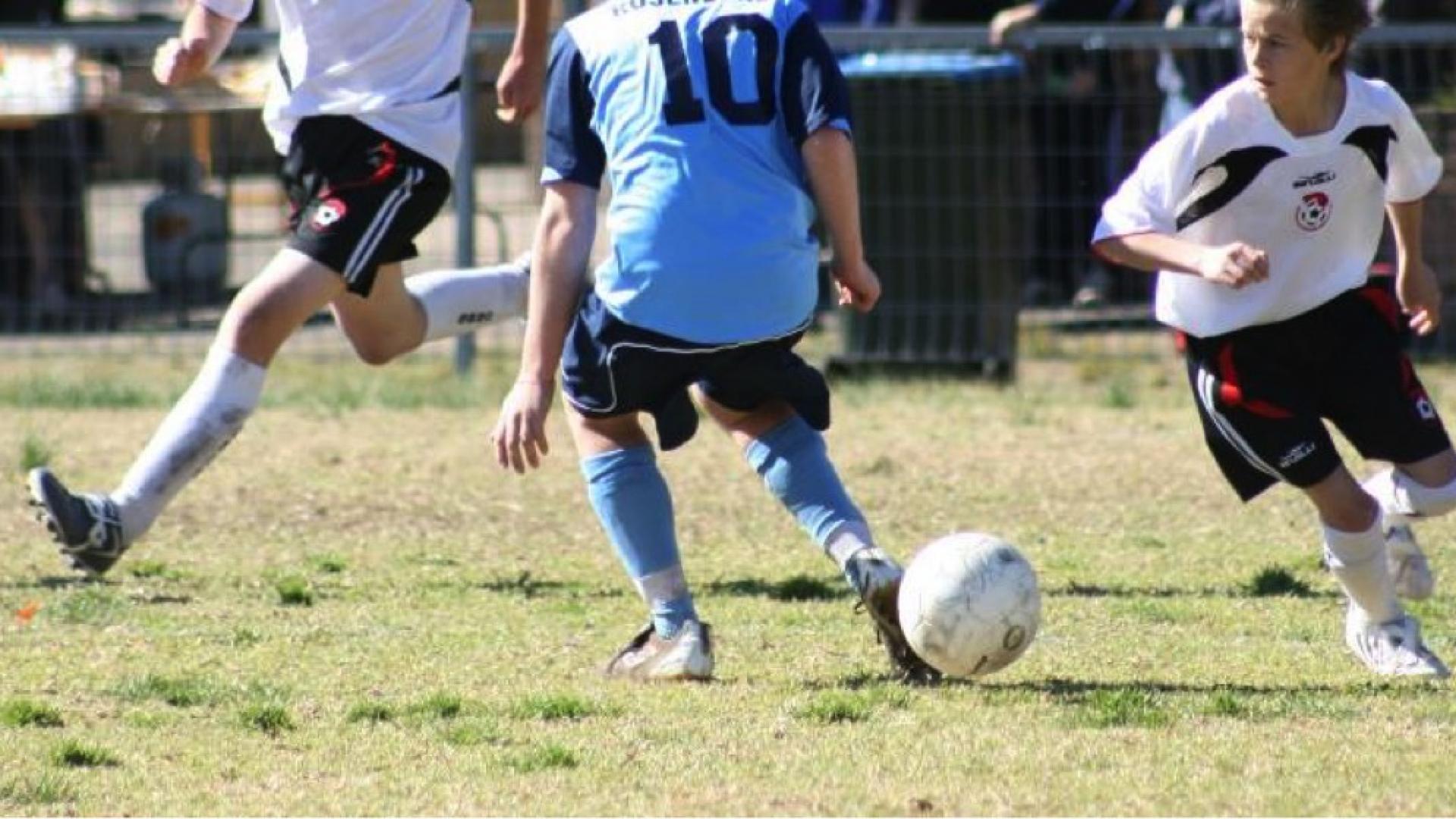
Another important factor to consider is the speed of execution, specifically the speed of the feet in completing a move, as well as the pace of the striker moving towards the player. Deciding which move is best for the occasion will depend on numerous factors, including the position on the field, time left in the game, ability of the player, position of fellow teammates and opposition etc. The decision-making process of the striker must be instant while also maximizing the success of the potential opportunity.
4 - Confidence:
With such an obligation on strikers to score goals and deliver for their team, confidence becomes key to success and should not be underestimated. Barren spells without goals can lead to self-doubt which can be difficult to overcome.
Striker specific training and repetition of the niche skills required to succeed can help combat this. Creating the belief that they can fashion out a chance and the belief that they can make the shot and score the goal, can be the difference between passing up a quality chance or burying it. Strikers must believe in their ability to succeed and therefore must believe in themselves.
This self-belief comes from countless hours of practice and training and a great deal of experience in shooting and scoring goals which in turn builds more confidence. Team training is never enough to create the confidence that a striker needs. Practice builds confidence and the mindset to score.
In the book - Mindset: The Psychology of Success by Carol Dweck, we find the definition of mindset:
"mindset" {noun}
A set of beliefs or a way of thinking that determines one's behaviour, outlook and mental attitude.
A striker’s mindset can be a fragile thing, a simple miss in front of goal can lead to a dramatic loss of confidence. Coaches must be careful with a striker’s mindset and not undermined that confidence. Further striker training must include mindset consideration. It must include training a striker about their self-talk – one of the main considerations when building a strong mindset.
5 – Deliberate Practice:
We have all heard the saying that practice makes perfect. Thanks to Daniel Coyle’s research and his book titled “The Talent Code", we now know that practice makes a substance in the brain called Myelin. Simply put, with further repeated deep practice this neuron grows and enables the striker to be able to execute the move more reliably and faster.
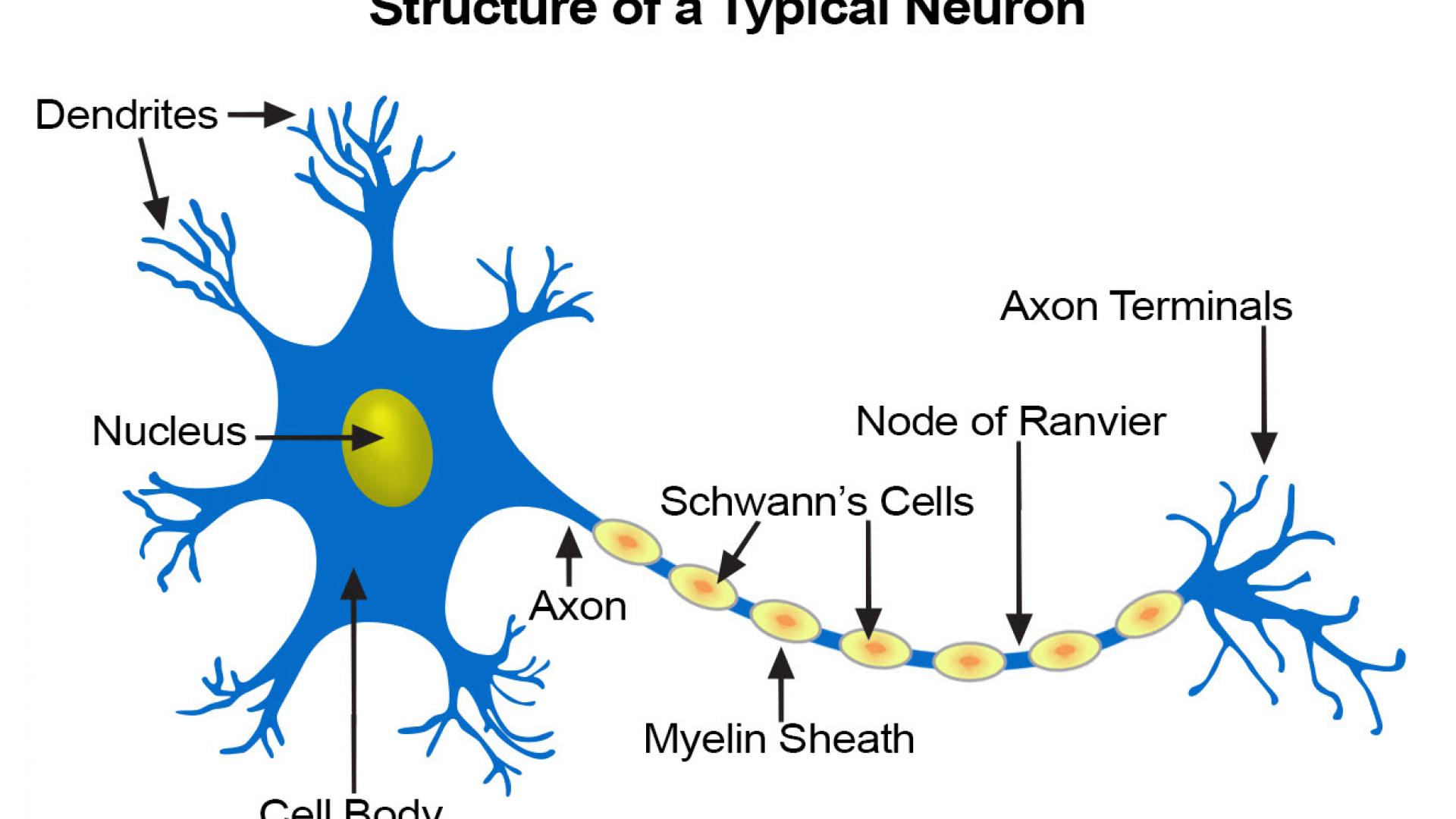
In a recent interview of Harry Kewell by Michael Bridges. Kewell details a quote by Terry Venables -being “practice makes permanent”. However, we have adapted it to our mantra;
Practice makes Myelin, Myelin makes permanent.
Sir Alex Ferguson summed it up best when discussing the striking ability of none other than David Beckham; “David Beckham is Britain's finest striker of a football not because of God-given talent but because he practices with a relentless application that the vast majority of less gifted players wouldn't contemplate.”
The FFA National Football Curriculum also support such practice and the difference between attackers and defenders,
| 1 v 1 Coaching Tips | |
|---|---|
| Attacker | Defender |
| Go at the defender with speed | Show the attacker one way / force them away from your goal |
| Use a feint to put the defender off balance | Bend you knees and stand on your toes so you are able to change direction quickly |
| Threaten to go to one side then suddenly attack the other | The best moment to commit is when the attacker takes a heavy touch or slows down |
“As we’ve explained earlier it takes many hours of practicing and lots of repetition to properly develop the four core skills with both feet and ‘automate’ the techniques. Automate means that we’ve practised the techniques so often that we can execute them without having to consciously concentrate on the execution.” (see pages 37, 38 and 39 of the FFA Curriculum).
6 – Know thy enemy:
A famous quote from Sun Tzu, from the book, The Art of War, is “If you know the enemy and know yourself, you need not fear the result of a hundred battles”.
A striker must know their enemy goalkeeper and they must know themselves, what they are capable of in a tight situation. For the first 20 minutes of a game, a striker must be observing the keeper, looking for patterns and learning to predict the keeper’s next moves. Identifying these actions will highlight the keeper’s weaknesses and open up an opportunity to win the game. A striker needs to know the enemy. At Golden Boot, we teach our strikers the 20 keeper tells that should be observed to identify the best opportunities for scoring.
In conclusion:
It is logical keepers need specialist training it is also logical that strikers and attackers need specialist training to provide them with the skills and confidence to perform at their best. Deliberate, focused practice is a must. Specialist training ensures that the opportunities that present in a game are maximized. If you need more convincing watch this YouTube video from FourFourTwo UK .
Hopefully, coaches will now consider giving strikers leave to do specialist striker training!



